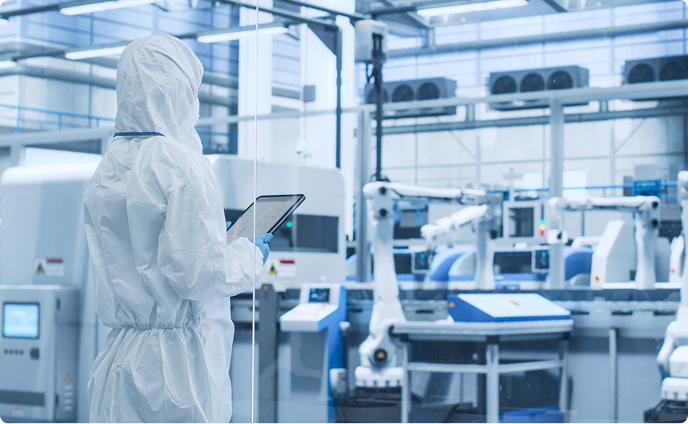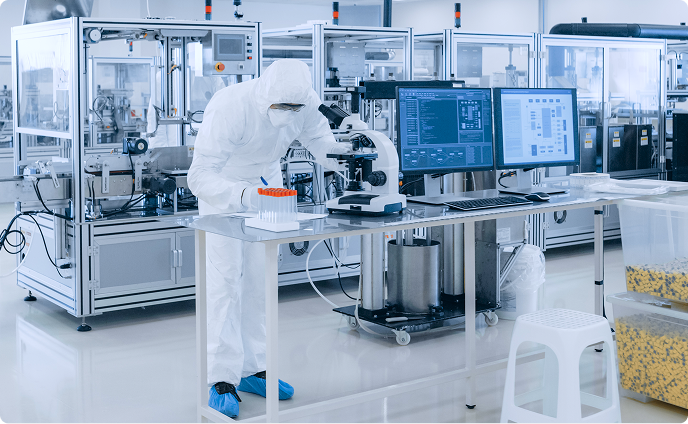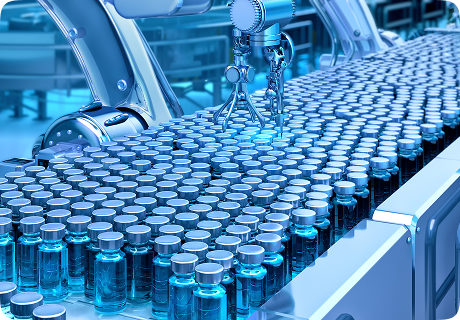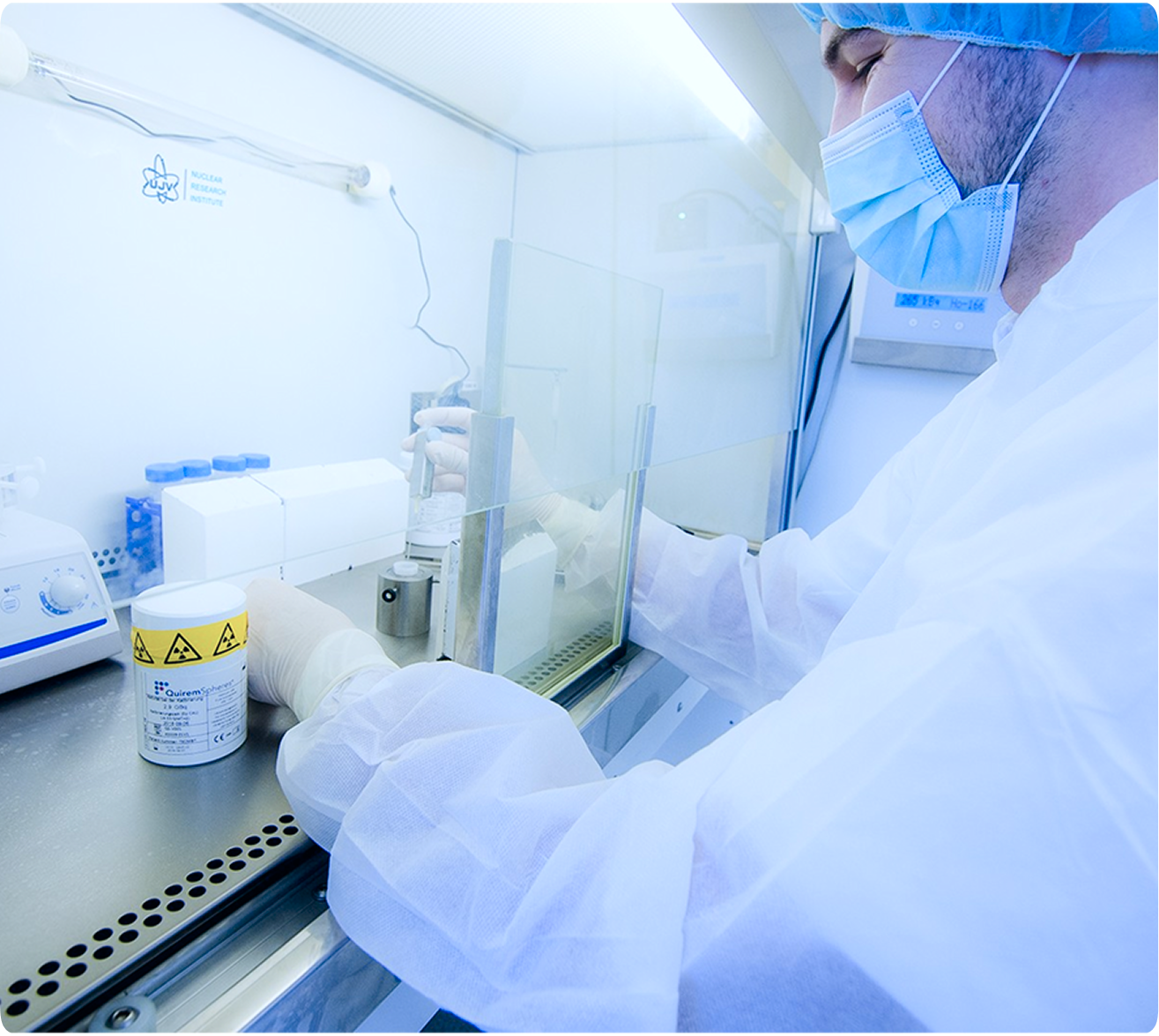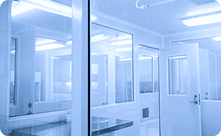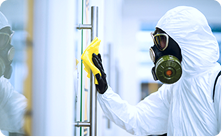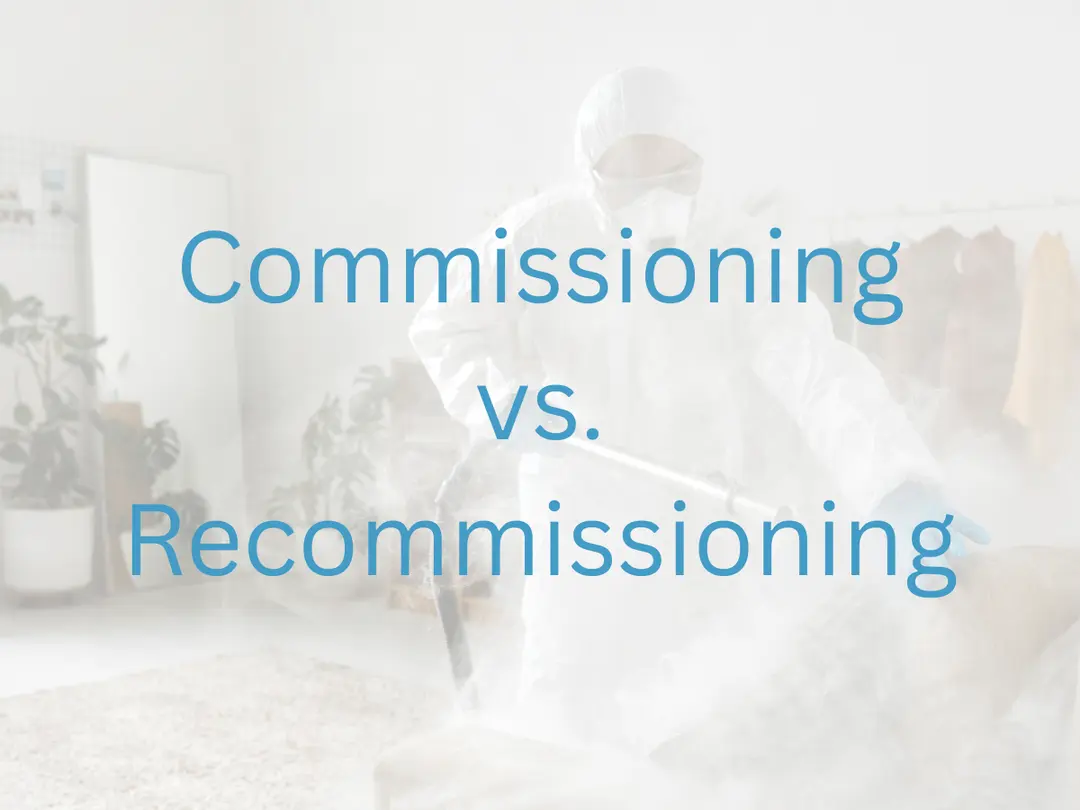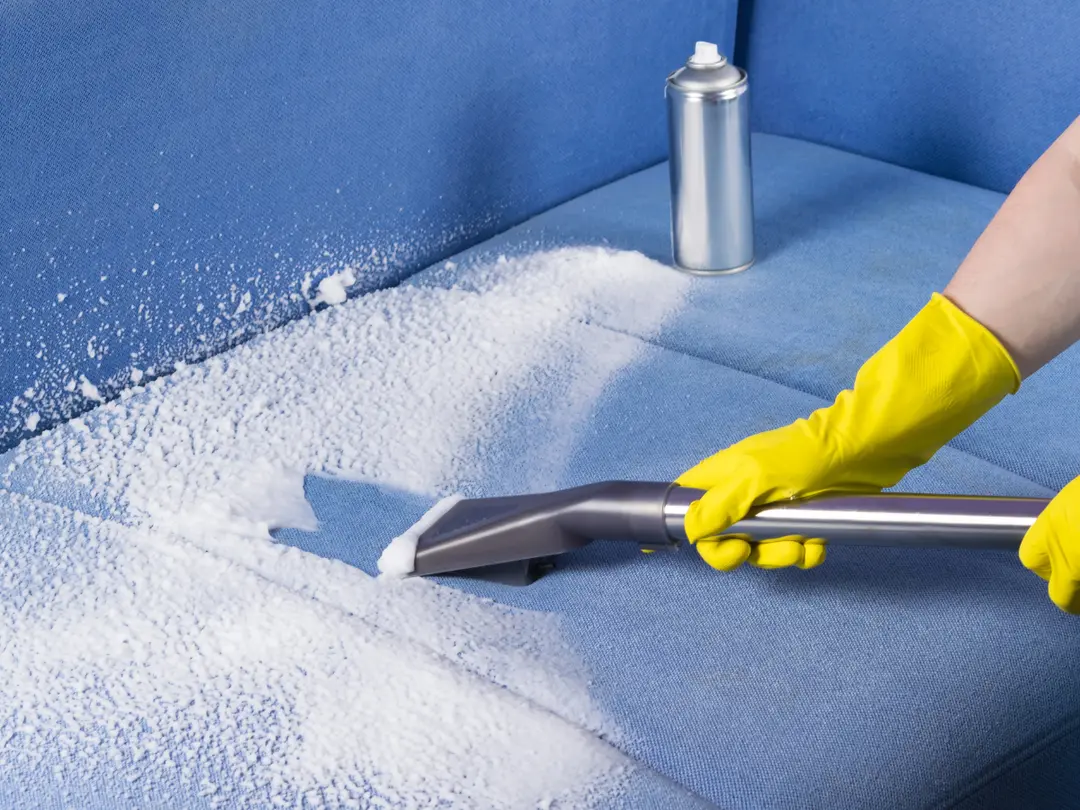When it comes to contamination control in pharmaceutical and biotech cleanrooms, HVAC systems are often an overlooked source of risk. These systems don’t just provide temperature control—they’re the backbone of air purity, pressure regulation, and particle removal. Without consistent and proper maintenance, HVAC components can become silent contributors to microbial growth and particulate buildup, compromising the entire cleanroom environment.
In a regulated facility, air quality is everything. Controlled spaces rely on high-efficiency particulate air (HEPA) filters, pressure differentials, and airflow patterns to maintain cleanroom classifications. If an HVAC system underperforms, even slightly, it can allow particles or microorganisms to circulate freely, undoing the effects of rigorous surface decontamination or gowning protocols.
Improperly maintained HVAC systems can harbor contaminants in air ducts, diffusers, coils, and filter housings. Dust and microbial buildup, especially in hard-to-access areas, can go unnoticed until it begins to affect environmental monitoring results or trigger an audit finding. What begins as a maintenance issue can quickly escalate into a compliance problem.
Vibraclean addresses HVAC risks by incorporating targeted cleaning procedures into its contamination control services. Our team is trained to clean and disinfect air handling components without disrupting airflow balance or filter integrity. This includes:
- Cleaning of return and supply ducts
- Sanitization of cooling coils and drain pans
- HEPA terminal cleaning without dislodging filters
- Removal of particulates and microbial buildup from diffusers and plenum spaces
Regular HVAC decontamination not only protects air quality—it extends the life of system components and supports consistent pressure control between cleanroom zones. This is critical for facilities that rely on cascading pressure to maintain cleanliness hierarchies and prevent cross-contamination.
Even the best-designed cleanrooms can’t perform to standard if the HVAC system is compromised. Vibraclean works with facility teams to assess HVAC-related contamination risks and schedule preventative maintenance that supports ISO and GMP compliance. We document every step to ensure traceability and alignment with your overall cleanroom validation program.
The integrity of a cleanroom is only as strong as its airflow. By prioritizing HVAC cleanliness alongside surface decontamination, pharmaceutical manufacturers can reduce contamination risks, avoid costly downtime, and maintain the controlled environments needed for safe, compliant production. Contact us for more information.

